Hey Brides!! Let’s talk about light. Something that many people don’t realize is just how much light can change the look of photos. It is one of the biggest factors that helps a photographer create beautiful, flattering images.
Rather than pull from a bunch of weddings with lots of different lighting scenarios, I used photos of my kids, family & friends on Easter to illustrate how different light can look— on the exact same day with the exact same weather and lighting conditions. So let’s take a look and talk about what makes light “good”, and what kind of light we want to avoid.
TRICKY LIGHT: MIDDAY SUN
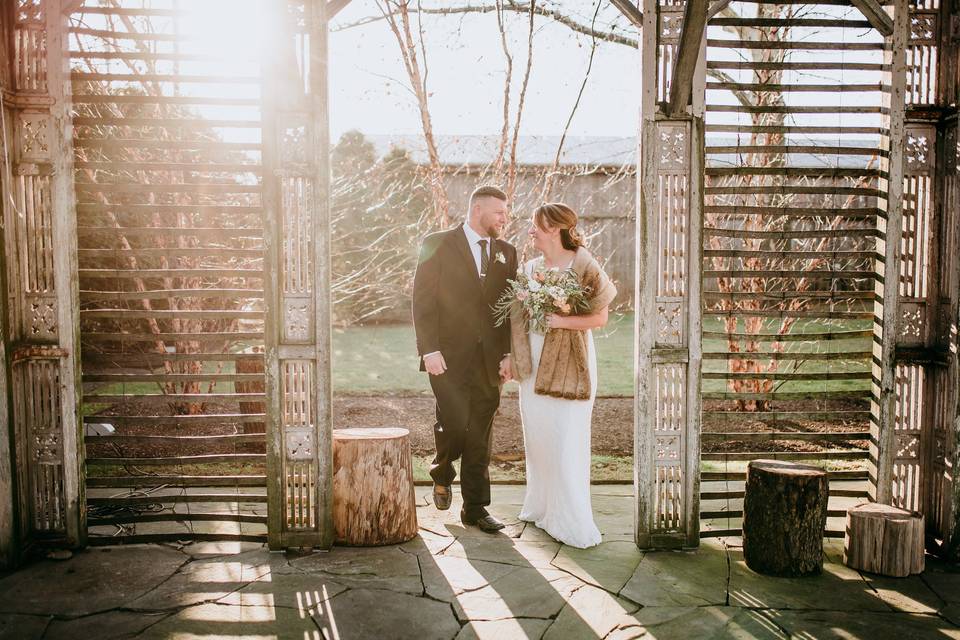
This first set of photos was taken at about 1 pm on a super sunny Easter Sunday. It was really difficult to find shade, but also photos weren’t really a priority for us that day, just an afterthought which is why I even have these “bad” examples to begin with.
Midday Open Shade: A good option for taking photos midday when it is very sunny.
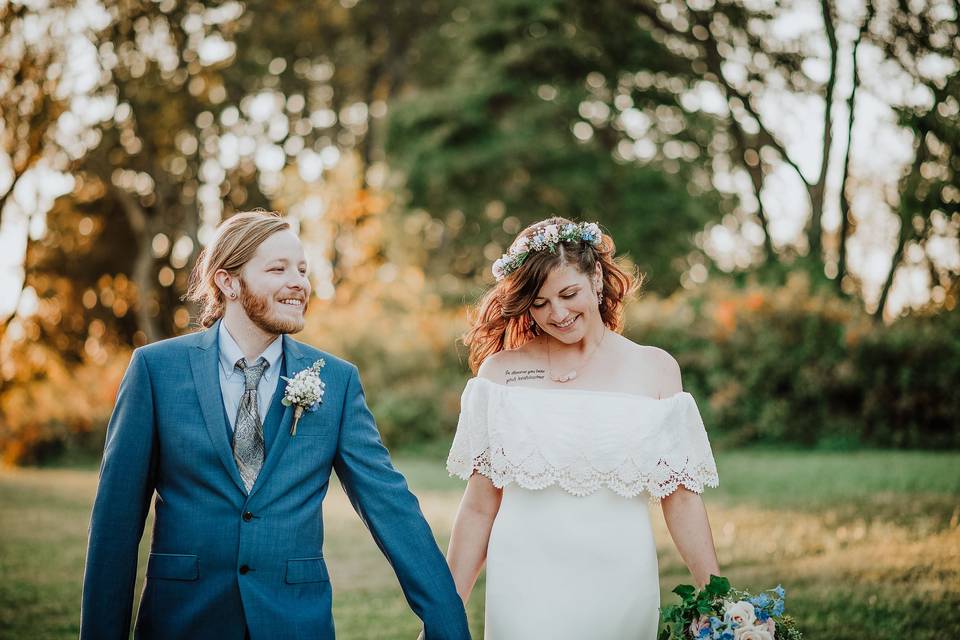
This shot of my boys was in a tiny patch of solid open shade. Disregard the mess that is the “pose” (haha I just sat them for a quick sec to snap this and wasn’t worried about perfection), and focus on how the light looks in the photo. This photo is open shade, and even/open shade is a good option if you need to take photos midday.
Here is why:
1. You can see the light is so much more even and the colors aren’t quite so crazy.
2. There aren’t any unflattering shadows on their faces.
3. The light is bright behind them but the light on their faces is even.
It isn’t the *best* light, but it is great light for midday photography- we can work with it and make it look great! And, if I had an assistant with a reflector (like I would on a wedding day) it could be even better!
Midday Full Sun: What we want to avoid.
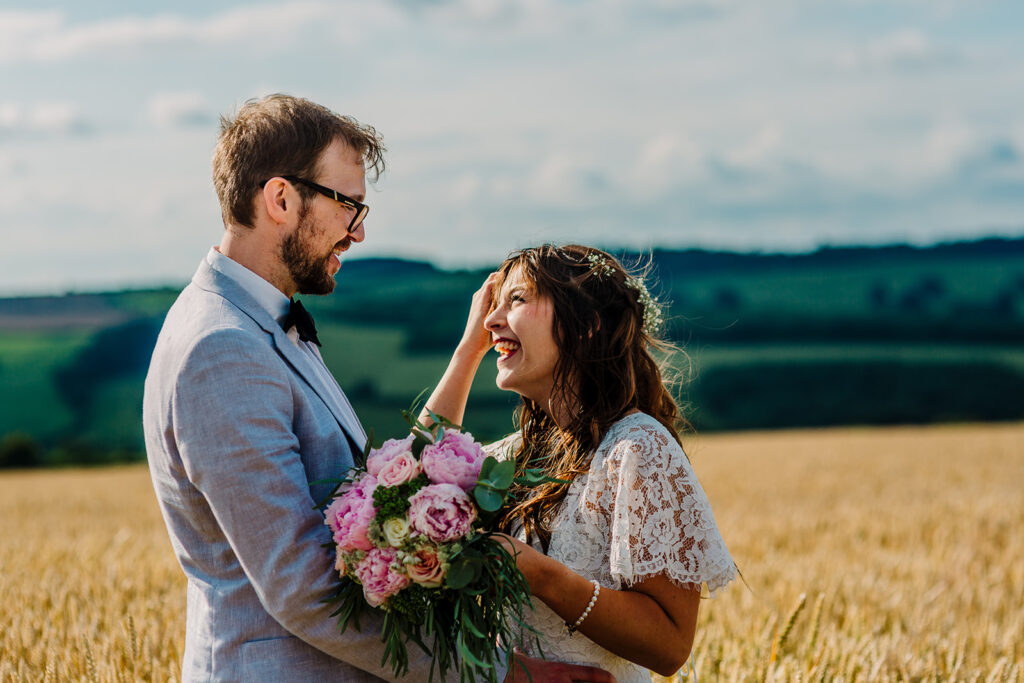
This is a group shot of all the kids at the egg hunt. We couldn’t find enough shade for all the kids, and the trees were blowing in the wind causing the light to constantly change so we did the best we could without wasting their playtime. So as for this photo (although I love every single one of those cuties), I admit it is kind of a mess. Full sun works *sometimes* but it can be really difficult to work with, especially with multiple subjects.
Let me explain why the light in this photo is bad:
1. There are both harsh shadows and patches of overexposed sun on every kid’s face. It takes away from enjoying their smiles!
2. The full sun in the foreground makes the grass and other things look really fluorescent and the colors look a little garish. Also, there isn’t as much depth to the photo because of the way the sun hits the subjects.
3. Although the kids are all sweethearts and trying their best to smile, they are all squinting because of the sun.
As you can see, although the kids are adorable, this light is pretty awful. It is what we really want to avoid if we can.
GREAT LIGHT: GOLDEN HOUR
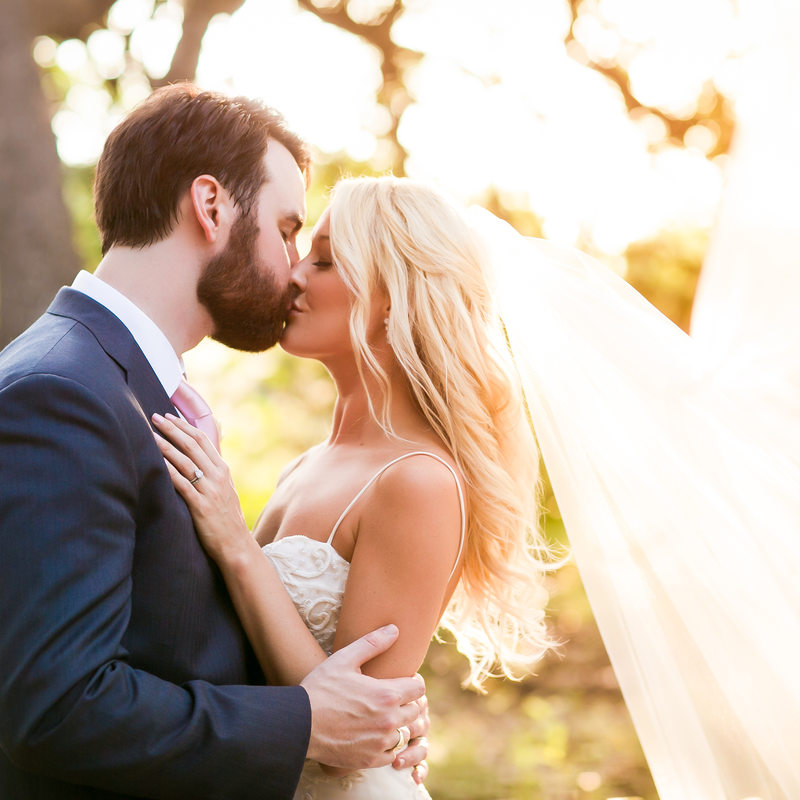
Now lets talk about great light: This second set of photos is golden hour- about 90 minutes before sunset in this case. This is the light you probably see in the portfolios of your favorite photographers, and it makes you smile. Why do photographers love to shoot at “magic hour” or golden hour? Lots of reasons but the main reasons I love this time of day is because everyone looks glowy and everything is well lit and because it gives us flexibility on where to shoot- we don’t have to rely on finding and using shady spots. We can shoot in wide open spaces too!
Open Shade during Golden Hour: Always a great option.
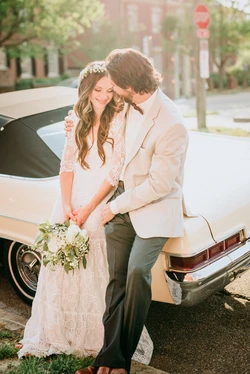
This one was taken during golden hour in the shade.
In shady spots during golden hour, here’s what you get:
1. There is a nice even tone and color to the entire photo and skin tones look great.
2. Nothing is under or over exposed. Everything is well lit.
3. No one is squinting to avoid harsh sun in their eyes so eyes are open and smiles look natural and relaxed, not forced.
Sunny Area during Golden Hour: My personal favorite.
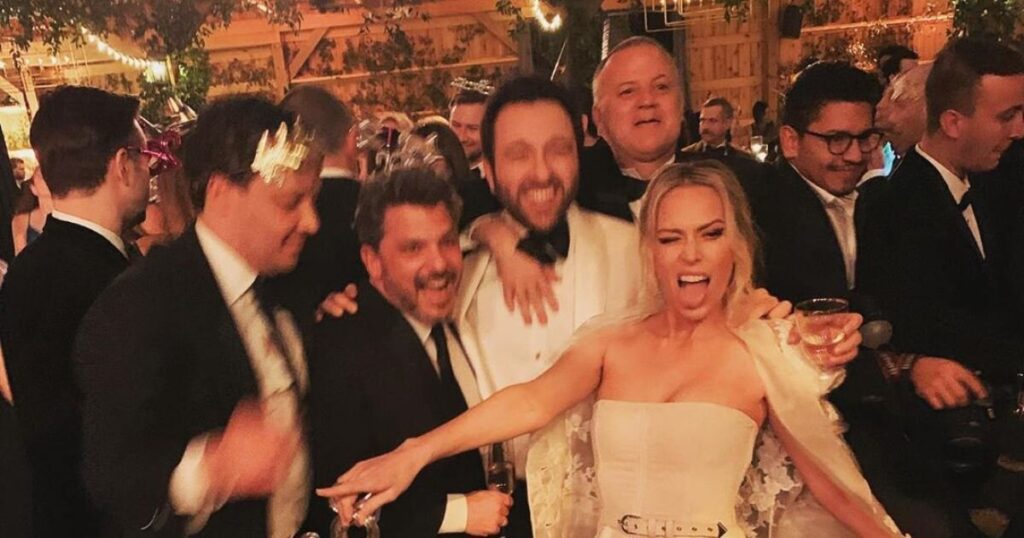
The second one is really pretty and glowy, taken with the sun behind the kids.
Golden hour is my favorite time to shoot and you can see why:
1.You can shoot almost anywhere and the light is flattering!
2. Everyone gets that pretty “halo” around their head. It makes kids look angelic and couples look dreamy and romantic
3. Again, eyes are open, smiles are relaxed, everything is well lit and skin tones are pretty and even!The great thing about golden hour is that it gives a photographer free reign over where to shoot at a location- we aren’t stuck finding and using shady spots. (Just disregard my littlest guy hating being kissed by his friend haha!!)
So this is where your wedding day comes in. Do you want wedding photos that are splotchy, with weird shadows and crazy colors like that big group photo? Heck no! Don’t worry though, your photos won’t look like that .
Does that mean you don’t want to take any photos until 6 pm on your wedding day?! No way! It just means we need to take some steps to combat this issue of full sun.
A QUICK NOTE: FLASH AND OVERCAST DAYS
First of all, let me just clarify one thing: every photographer has a different style of shooting. Some like to use flash, even during the day, and that is one way to combat the full sun (hard to explain how this works, but it does!). However, I don’t use flash during the day, and the photos you see in my portfolio are not shot that way, so I would never use that method.
There is nothing wrong with artificial light, some photographers rock flash all day long. But I prefer to use flash during sunset and after dark, and work with natural light during the day to keep consistent with my bright and vibrant style. Also, if it happens to be overcast on your day, although we won’t get that golden glow later in the day, it also gives us free reign to shoot anywhere we want without worrying about the sun.
TAKE ADVANTAGE OF THE NATURAL LIGHT ON YOUR WEDDING DAY
If you luck out and have a beautiful sunny wedding day, and you prefer the look of natural light, then you will need to take a few things into consideration on your wedding day to combat the midday sun.
Here are a few things you and your photographer can do to get optimal results on a sunny day:
1. Let your photographer help you with your timeline. They can let you know how long each type of photo takes and they can help you maximize the best light or work with your ceremony time in the best way possible to give you the best light. If at all possible schedule your ceremony to be right before golden hour. This way, when it is time to do your bride and groom portraits, you can have the best light possible and more flexibility on where you can shoot.
2. Be sure your venue has shade. If you want photos taken early in the day (which I am sure you will!), that the venue has some shade, and more importantly, that you like how the shaded areas look.
3. Understand the lighting limitations with which your photographer is working. Your photographer’s goal is to make sure you look your best. Which means that if it is a bright sunny day when you get married, even though there may be lots of picturesque backdrops at your venue, we might be focused on the ones that are shaded for the midday photos to avoid harsh shadows.
4. Make use of your dinner hour. If you can’t schedule your ceremony based on golden hour, but you want those golden glowy photos (or some sunset photos with a cotton candy sky) take advantage of the fact that you and your husband/wife will get served your dinner first, so chances are you will have at least 15 or 20 minutes free after eating while your guests are finishing their meals. This is a great time to hop back out for a few golden hour (or sunset/nighttime portraits).
5. Don’t be afraid to step out of the reception for a few minutes after the dance floor opens. If a chance for a great golden hour or sunset arises during the time when guests are getting down on the dance floor, tell the DJ not to play any of your favorite songs just then, and take that chance to hop outside for 5-10 minutes to take advantage of the great light!
6. Trust your photographer. This is the most important one. If photos are important to you, trust that your photographer is choosing the locations based on the best light and angles to flatter you! Often what the photographer sees as an amazing photo opportunity looks very different in-camera than what you see with your naked eye. Trust them to find all the best and most unique spots, and the best light!
Happy wedding planning, and here’s to soaking up all the best sunlight, not just on your wedding day, but every single day!
<3 Karen
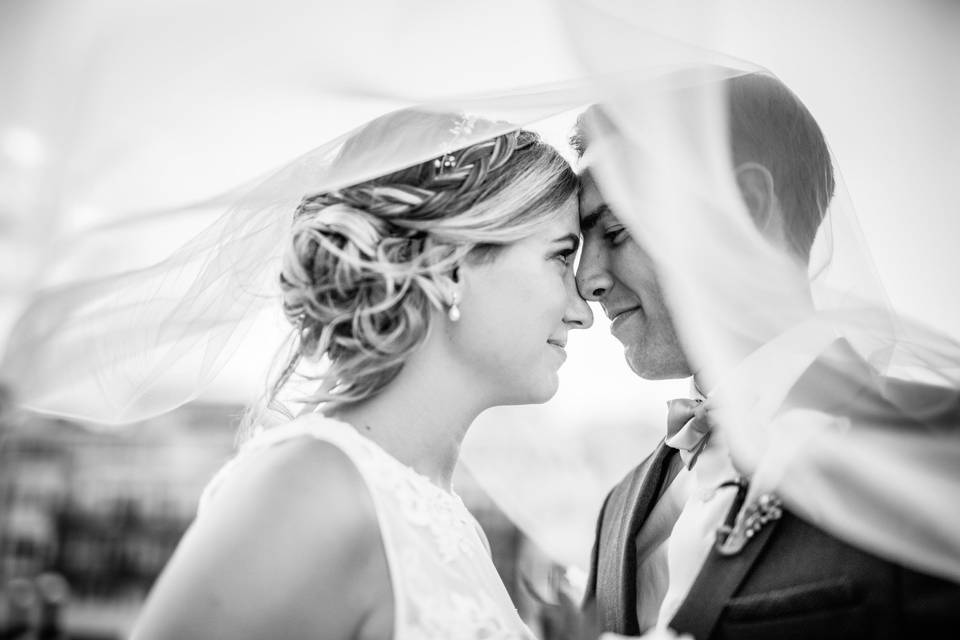
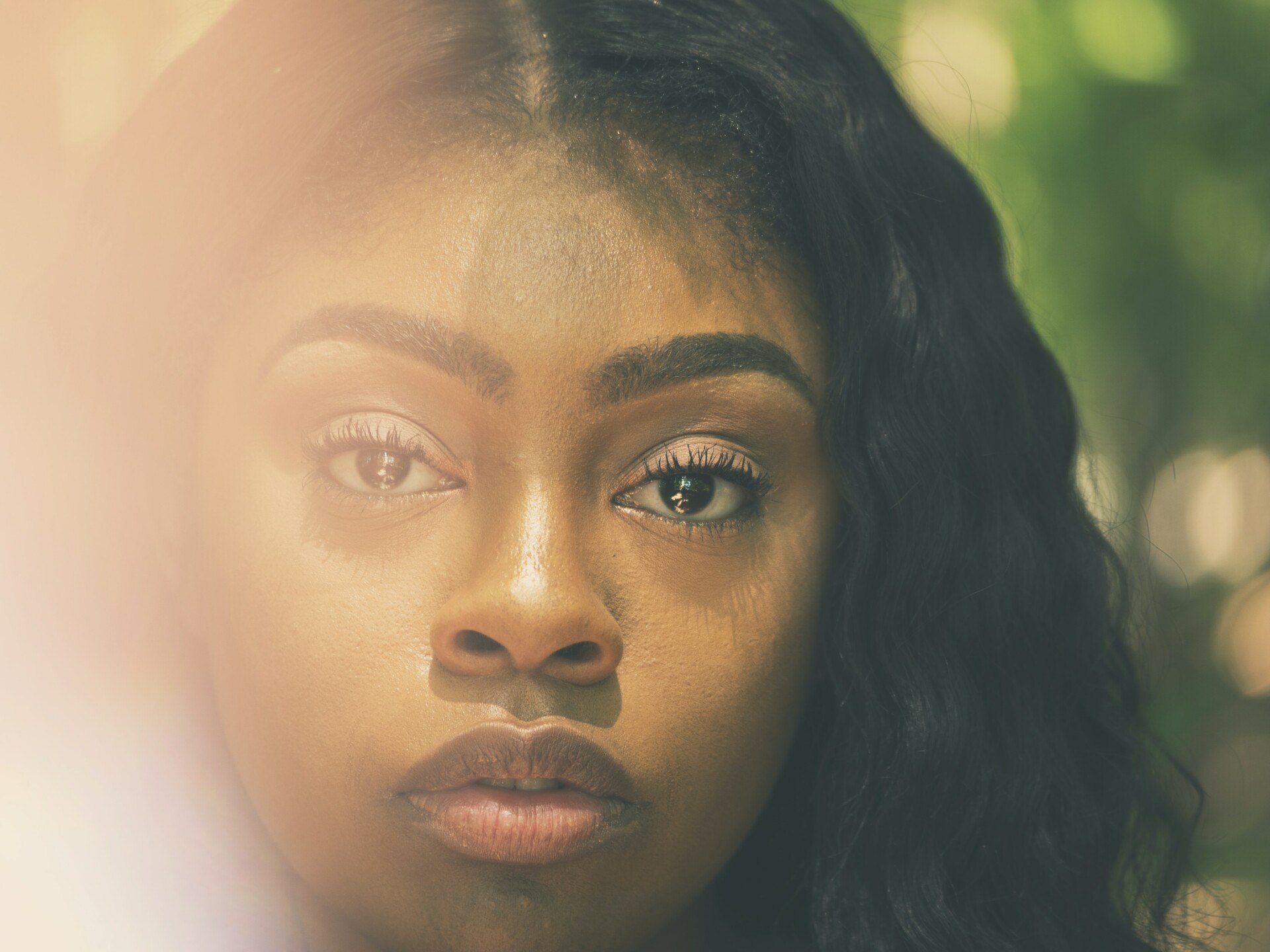

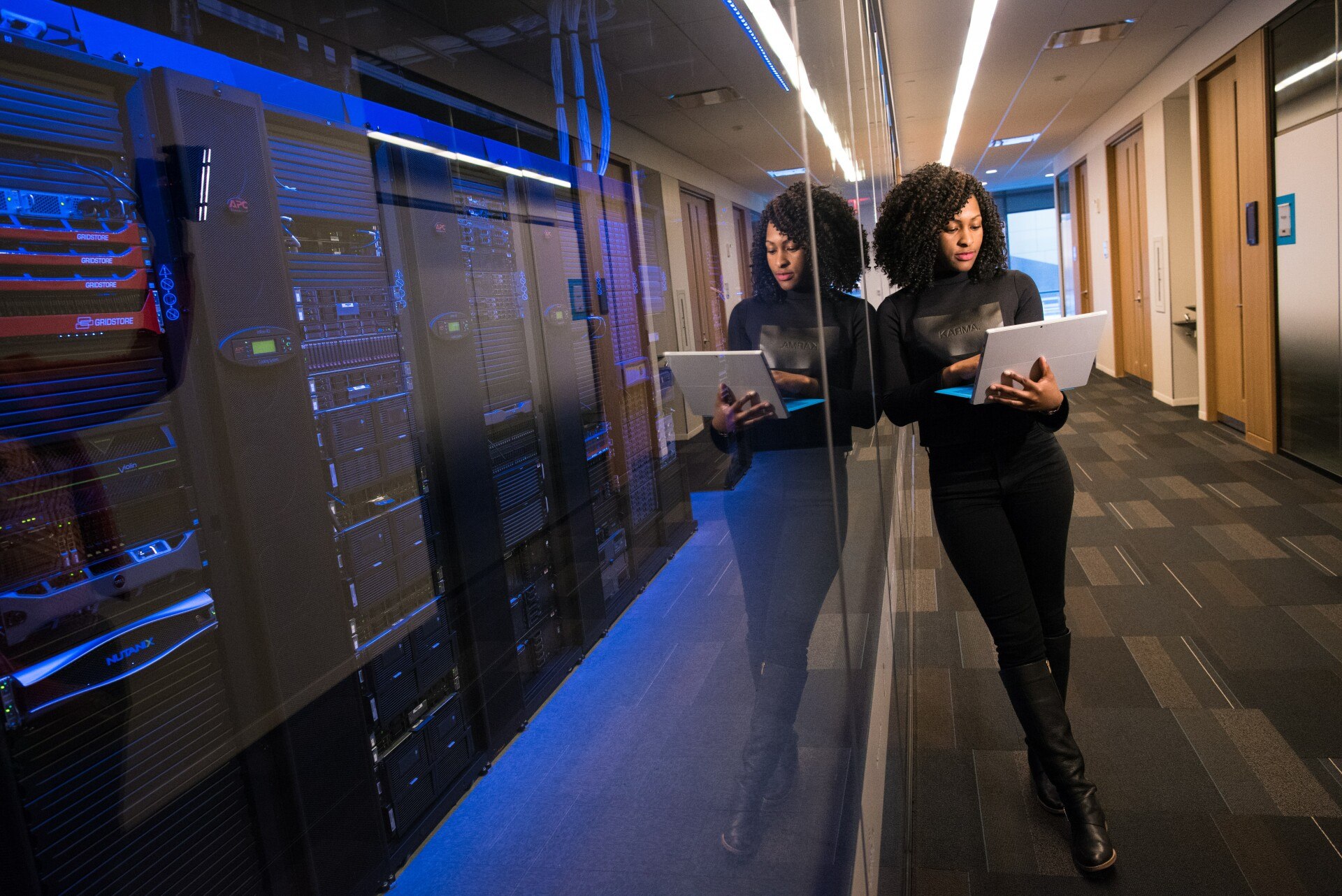
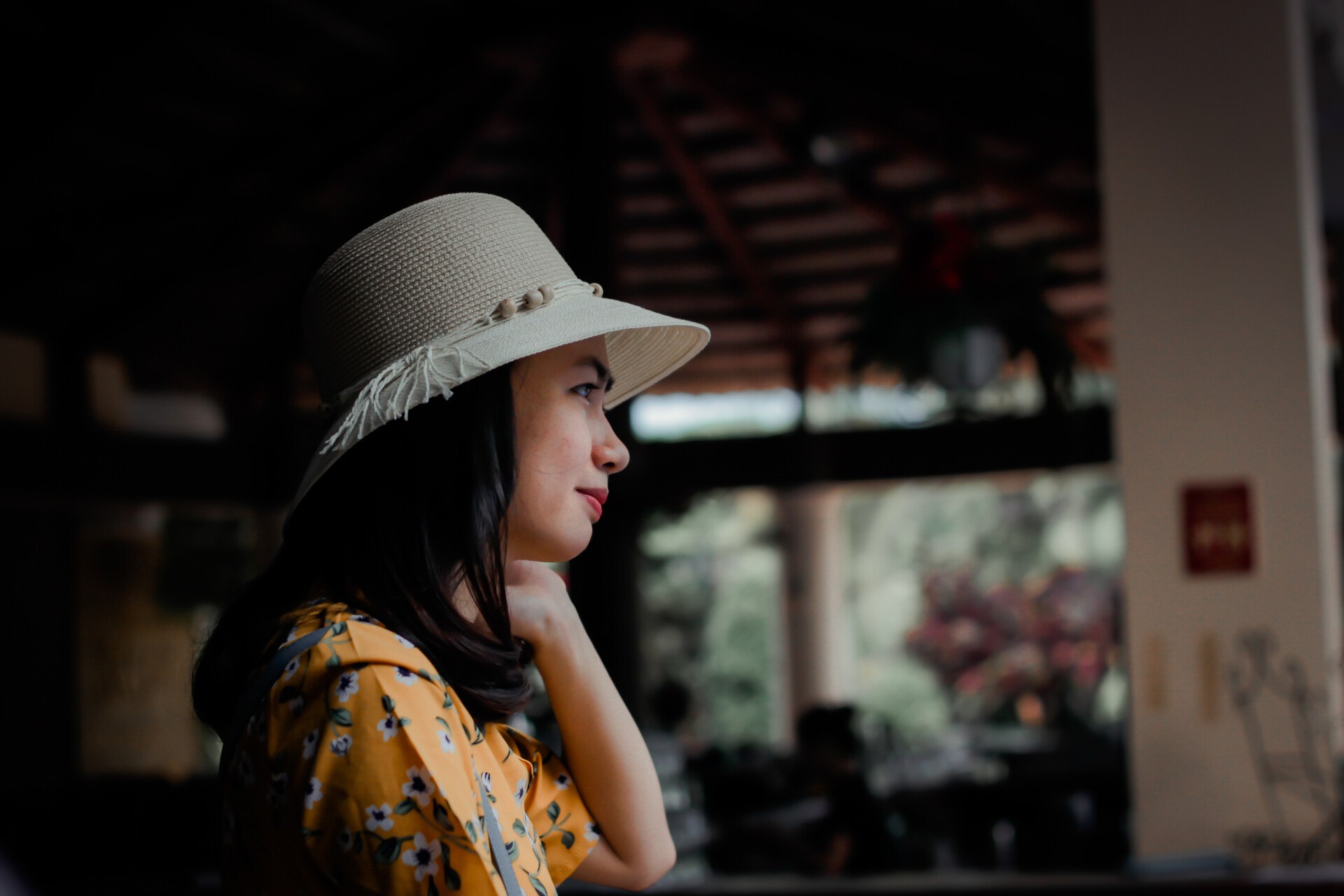
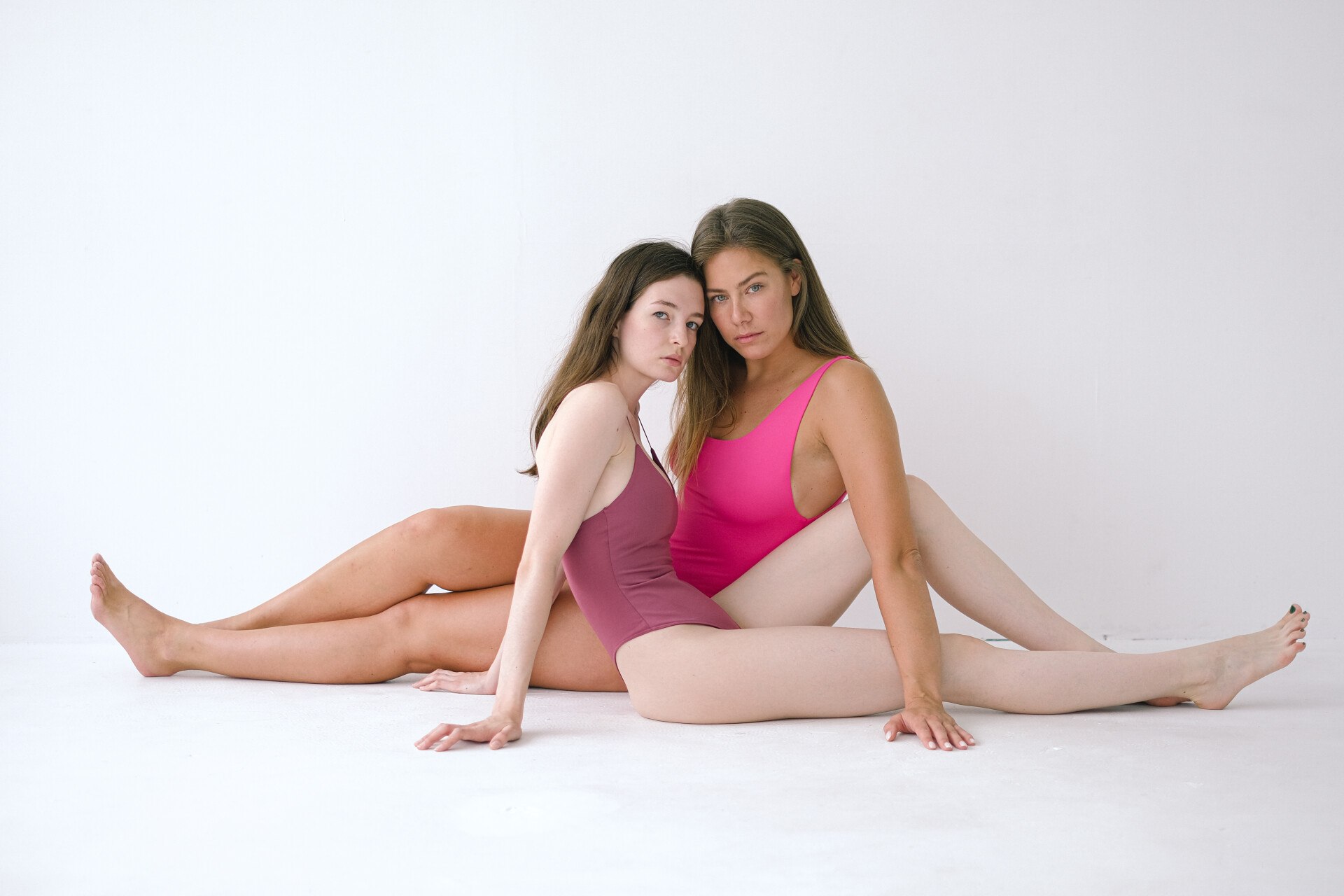

Leave a Reply